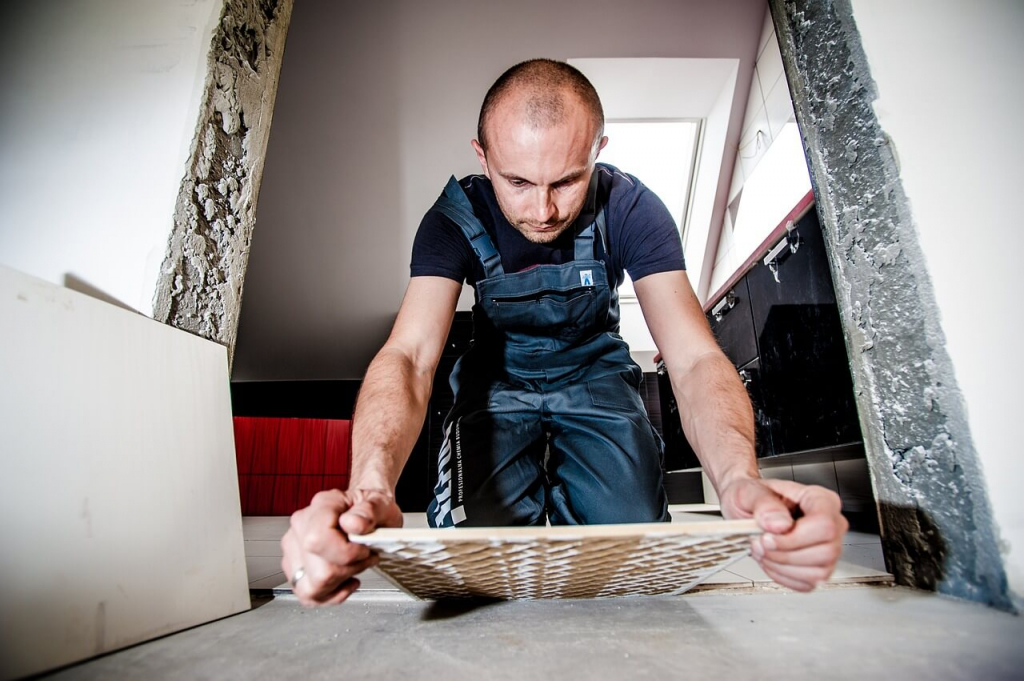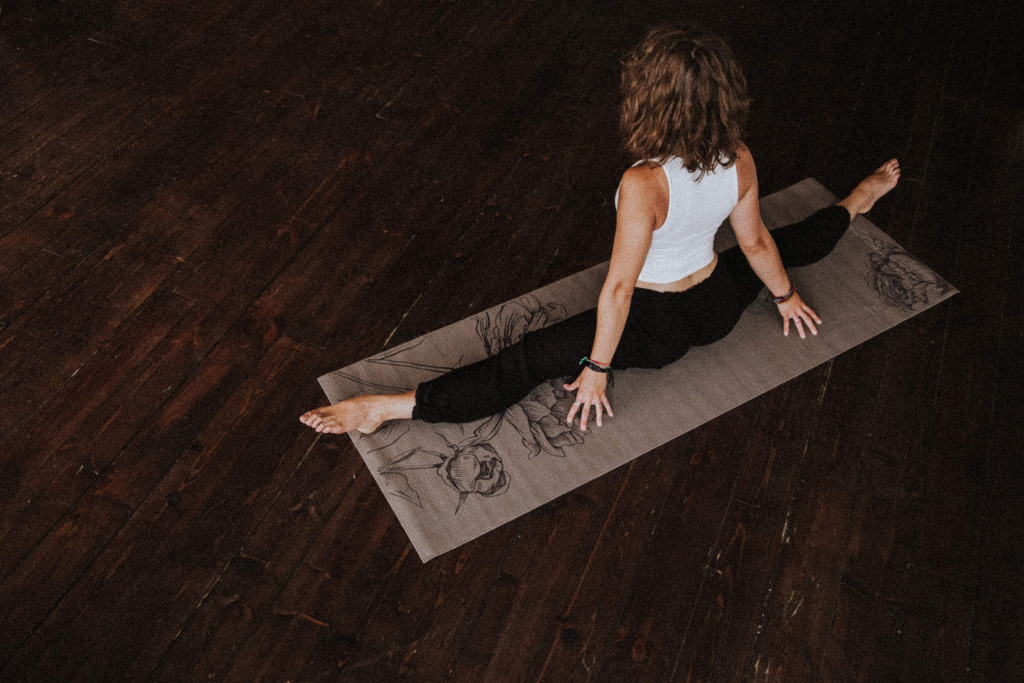Flooring material may not be a major subject when discussing rental property management, but even the little things can have an impact on your rental business as different flooring materials require different levels of maintenance and may not be suitable in how the property will be used and who will live in it. Design and budget is also a factor to consider when choosing what material to use.
Let’s dive in on the pros and cons of different flooring options:
Tiles
This popular option comes in a wide array of colors, styles, and patterns that you can choose from. It may also mimic the image of other materials making it a flexible choice in terms of design.
Tiles are also easy to clean and it doesn’t absorb stains easily. Most of the time, it only requires wiping to clean it.

It’s also long-lasting because it works well in humid or damp conditions. The best tile options are stone and ceramic.
However, in colder areas, they may feel a little too chilly. They are also more expensive than other flooring types. And since they are heavy, the property must be very sturdily built.
Hardwood
If you market your units to younger tenants and want to go for a modern look in terms of designing your property, then hardwood can give out that modern feel and can match different design schemes.
The classic wood look is aesthetically pleasing and also not difficult to maintain. The basic maintenance it requires is sweeping and mopping.

It’s better in cold climates since wood is a natural insulator. The interior will feel cozy in the winter months.
If hardwood gets worn out, you don’t have to replace them instantly. They can still be sanded and re-stained, which makes it a value for your buck.
The disadvantage of hardwood is that it is more expensive to buy and install. It also wouldn’t be a good option of you plan on renting your units to pet owners as it is prone to scratches.
Carpet
Carpeting used to be the most popular flooring option for homes because they are soft and cozy. Like tiles, they also come in different colors and patterns. It also gives a feeling of luxury since it’s a oftentimes used by fancy hotels.
It is also inexpensive and easy to install and replace. The main edge of carpets from other flooring materials is that it provides a little traction. So for families with kids and elders, a floor that minimizes the odds of slipping or falling, it’s a good advantage to have.

The downside of carpets is the maintenance. It is prone to stains, requires regular deep cleaning, its fibers get worn down, and its average lifespan is just three to five years. It easily absorbs moisture as well, which can destroy both the carpet and the subfloor.
Another drawback is that it’s an allergen magnet, which may be a concern for many tenants who are allergic to dust or pollen.
In a nutshell
When deciding for the material you will use for floors, always consider what is best suited for the needs and lifestyle of your tenants. Also, put into account how much time and money you are willing to put into the maintenance of your floors. Do not be afraid to use different flooring materials for the rooms in your units depending on what a certain room is for.
When you post your listing to Padleads, make sure to indicate what kind of flooring materials you used because some home hunters are particular with even the smallest details.